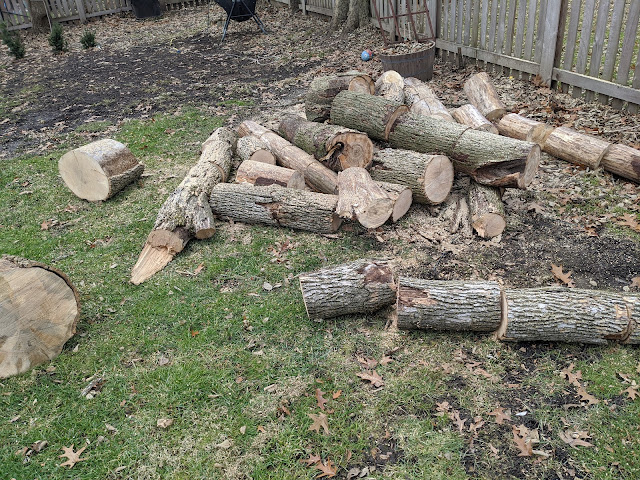Front Yard Boxwoods - Winter Check-in (February 2020)

I was out in the yard recently wiring up that one errant trunk on the Saucer Magnolia and snapped a couple of photos of our front yard boxwoods. You can see them above and you'll note that a few of them are showing quite a bit of brown/orange color on them. Wondering if this is normal Winter behavior or something else. I also note that they're all experiencing different amounts of this orange/rust coloring. The first boxwood on the left is the most orange - and you can see a photo of this one below: The ones further North - which start to get out of the top photo are the most green. The end one (on the North) has a 'hole' in it that was from some damage the previous few Winters. See that one below that shows an orange section that has a large gaping 'hole' behind it. The first time that I posted a photo of these boxwoods was in May of 2018 in this post about mulch . You can tell that these have grown in size in the (almost) two years sinc












